Here are the most unforgettable books of 2018, works that deserve and then command your attention.
This year, your Military Times reviewer offered readers reviews of 57 military-related titles and considered dozens of others. “Considered” means we read portions of other books in order to determine whether a review would serve readers. Those books often are “noted but not reviewed.”
Here are the 10 best volumes: Three in fiction and seven in nonfiction.
Fiction
Waiting for Eden by Elliot Ackerman, Knopf, 192 pages, $23
His first novel, “Green on Blue,” made Military Times’ best books list in 2015. His second, “Dark at the Crossing,” was a finalist for the National Book Award and is on the Times’ 2017 list. His third novel makes the list also.
The Marine sets the barren garden of “Eden” mostly at Camp Lejeune and in a burn hospital.
After a blast in Hamrin Valley, Eden Malcom lies in a bed, cut “off up to the torso,” skin “tight and crumbled” from burns, “the most wounded man from both the wars.”
His wife is “forced to give up their best days,” and the otherworldly narrator — also a Marine — unfolds surprises about the trio’s relationships.
The point touches the ethereal, as does “Dark” — in which a character imagines “the seeds in the girls’ pocket growing shoots that would swaddle them beneath the earth.”
Everyone waits for Eden to go on or not, and you decide whether the plight symbolizes wars that never end.
“Eden” is small in form but big in impact.
Bring Out the Dog by Will Mackin, Random House, 192 pages, $27
The short book of short stories launches the 23-year Navy veteran into the pantheon-in-progress of literary fiction coming out of today’s wars.
Two of the 11 pieces appeared first in The New Yorker — an indication of their high quality.
All take place in the dystopia of hardworking, dirty dogs of war, and all are set where “the reigning world champions of speed and violence” train in Utah and North Carolina or fight in Iraq or Afghanistan.
The real setting is in the crevices of both mountains and warriors’ brains, which means that if you require easy resolution in your reading, you might be more comfortable with a thriller.
Challenge yourself. Go along with the canine in the title, a Belgian Malinois whose memorial service occurs in the dark, when night vision allows seeing “ice crystals trailing off the drone’s wingtips.”
Join the SEAL who fears water in a current where the Virgin Mary appears “in a whirlpool of diamonium phosphate, spinning on the surface.”
See what an operator sees, a “seahorse tails spinning clockwise” in a buddy’s eyes.
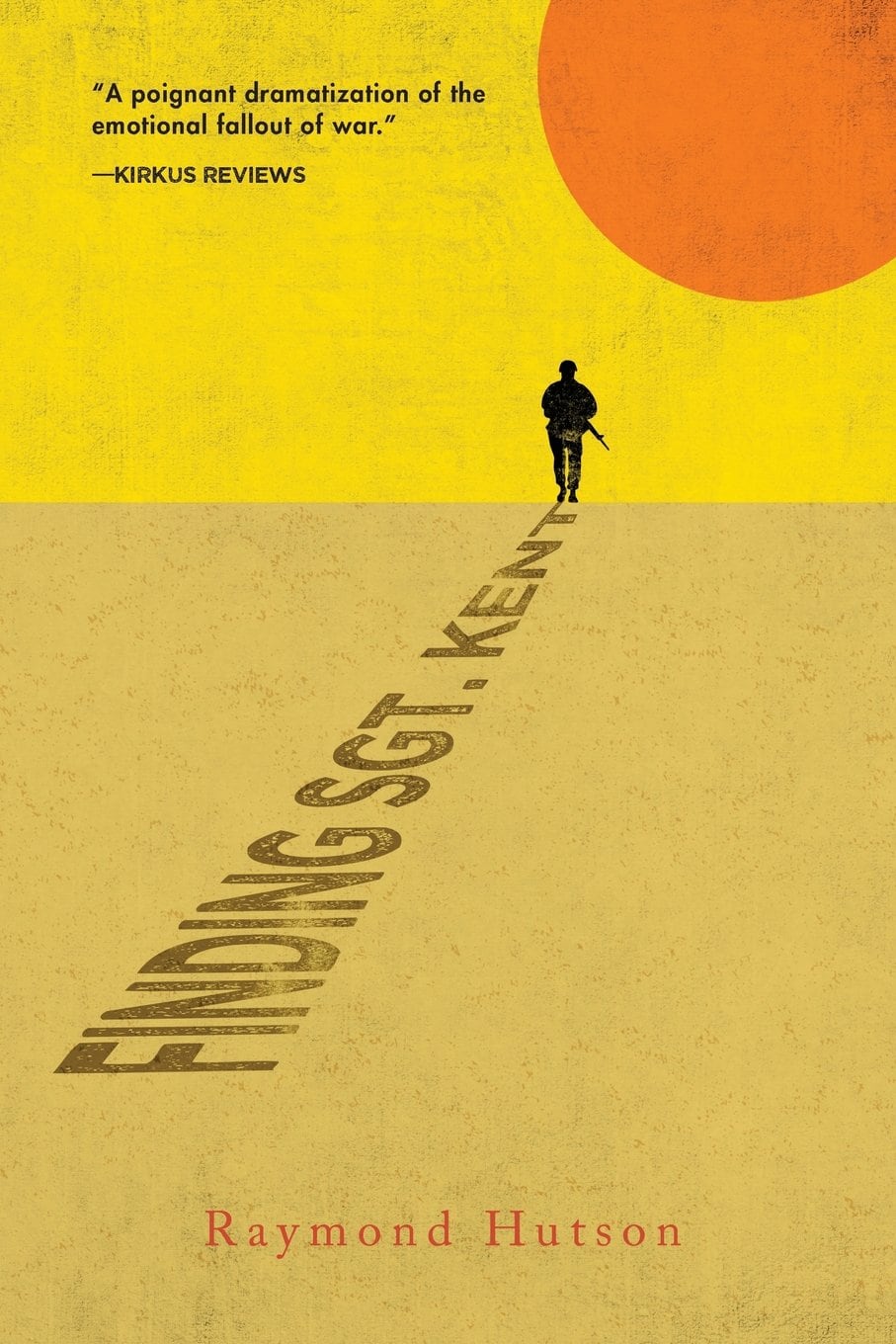
Finding Sgt. Kent by Raymond Hutson, Koehlerbooks, 208 pages, $16
The author, a doctor with an MFA in creative writing, “never went to war.” But he “spent 10 years or so caring for veterans of half a dozen wars, in VA hospitals.”
Evidently, he listens well, and he hears authentic voices.
His first novel is a well-constructed portrayal of sniper Army Master Sgt. Robert Kent’s return home after almost two decades’ service, which includes three tours in Afghanistan, two Purple Hearts and a Silver Star.
“Kent is no longer the master of his world,” which now includes civilians.
“It’s weird. In the Army everybody’s on the same side,” Kent says. “Here, everybody’s for themselves,” and he thinks everyone is afraid of him.
He travels with a goal to find the remnants of his family. His father never returned from Vietnam and his mother died when he was 15. The tour brings danger and pain — and a reunion with a fellow soldier.
“Maybe we can protect each other,” she says. “But you’re going to have to forgive yourself.”
RELATED
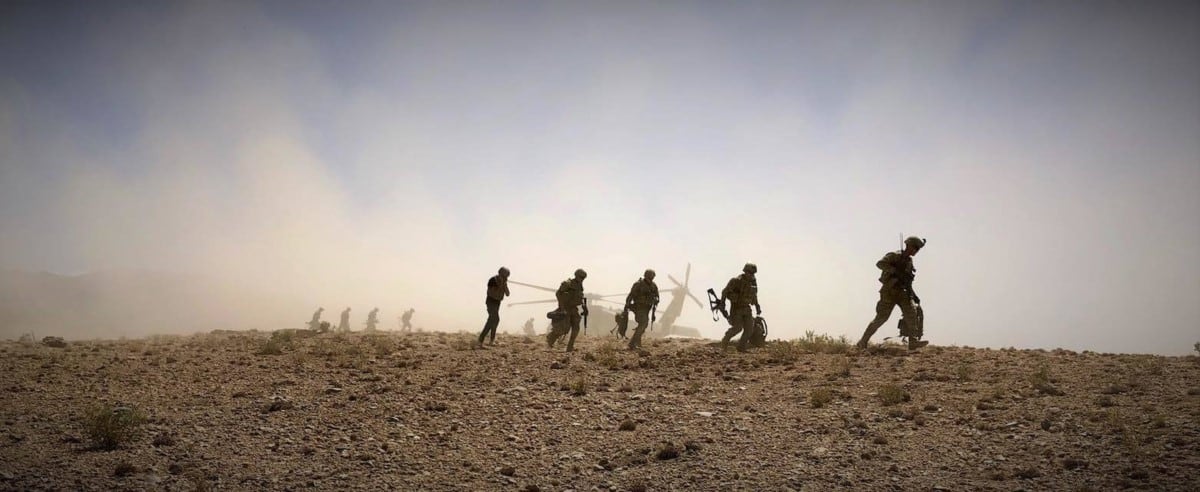
Nonfiction
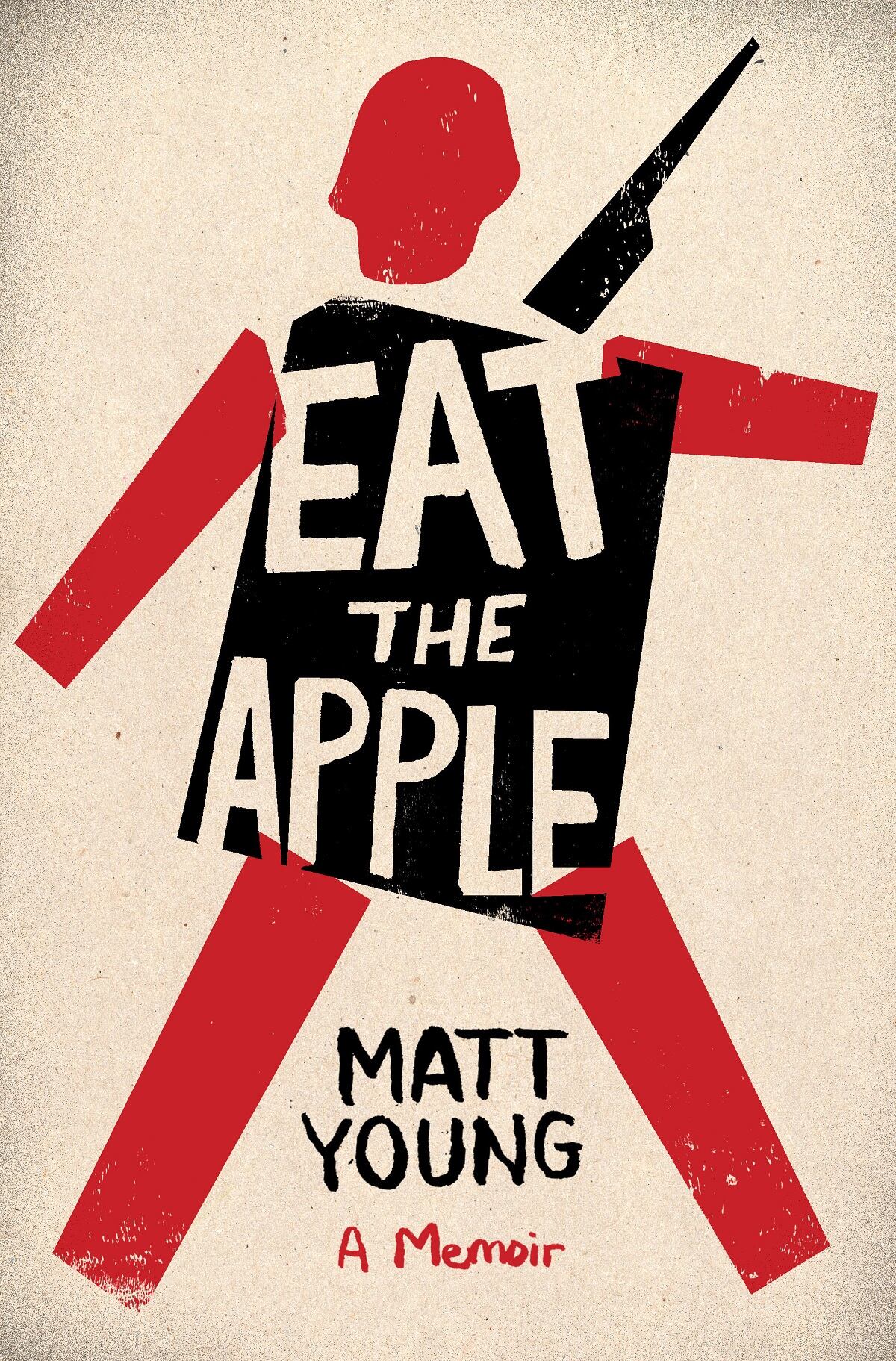
Eat the Apple: A Memoir by Matt Young, Bloomsbury, 251 pages, $26
This Recruit and You and I and We, in alternating voices, go from Marine boot camp to war and back, and from 18-year-old boy to Young man.
Sounds familiar, but this is a fresh, imaginative revelation about becoming and being a fighter.
“We become grunts … meat for the grinder,” says the veteran of three Iraq deployments.
The tone is darkly comedic and is told in short chapters.
Young learns that “an improperly looped belt shows a lack of attention to detail, which will result in this person causing the deaths of Marines in combat.”
And if he repeats a task such as looping a belt, “it will become automatic, ingrained in the muscle forever.”
The book is a disruptive, and Young spares no one, including his own active duty full of sweat and sweating. Alcohol and drinking. Masturbation. Self-contempt. Brotherhood and estrangement — and their companions, guilt and indifference.
All the above makes men into Marines who opt to eat the fruit and [expletive deleted] the Corps.
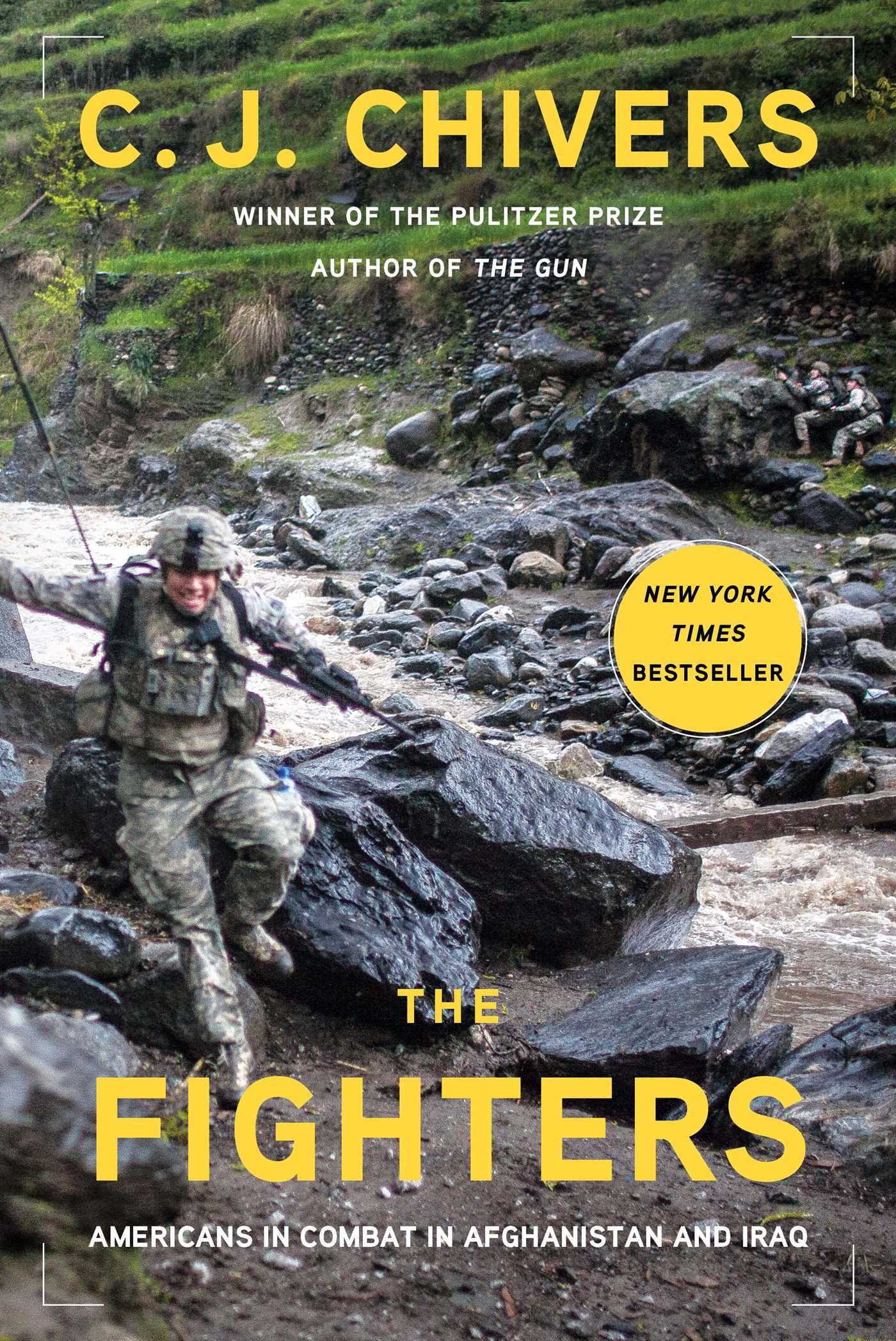
The Fighters: Americans in Combat in Afghanistan and Iraq by C.J. Chivers, Simon & Schuster, 400 pages, $28
In “The Gun” (2010), Chivers reassembles the AK-47. In his second book, The New York Times journalist spans 17 years with stories from six fighters’ active duty.
Chivers, a Marine captain during the Persian Gulf War, “covers these combatants with a simple organizing idea: that they are human.”
Nevertheless, anyone trying to understand why the Pentagon manages “again and again, to make war look like a bad idea” should read closely.
Among the fighters is Navy Hospital Corpsman Dustin E. Kirby, who learns in 2004 that his cousin Joe Dan Worley, also a corpsman, loses a leg in an explosion outside Fallujah. In Karma later, Kirby is shot in the face.
After surgeries, Kirby and his mother meet former President George W. Bush in 2013, and mom becomes the fighter.
“I’m not the same mom who sent her son to Iraq,” she tells Bush.
“I am sorry,” he replies. “I am responsible, I know. I sent him there.”
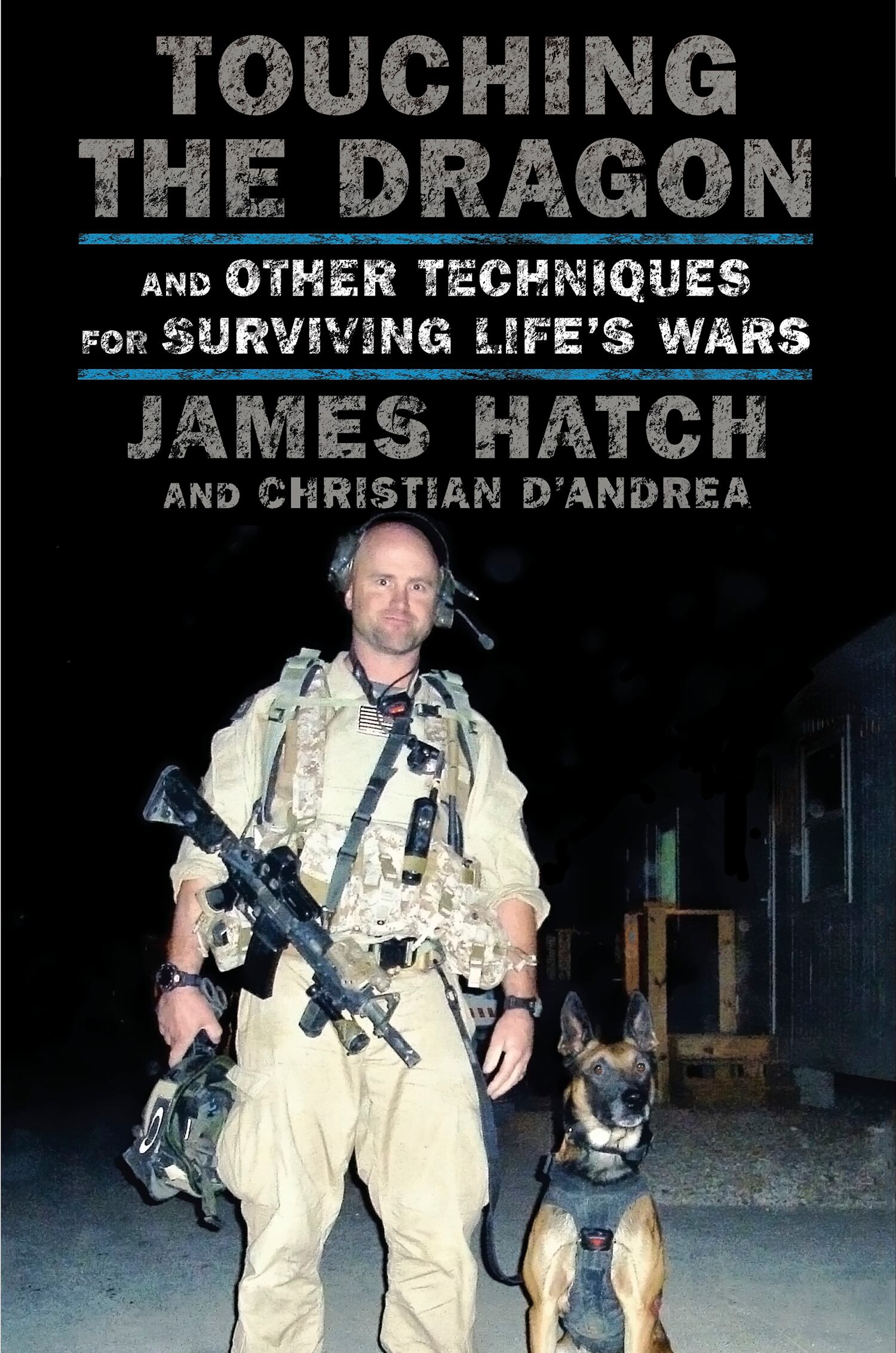
Touching the Dragon: And Other Techniques for Surviving Life’s Wars by James Hatch and Christian D’Andrea, Knopf, 336 pages, $29
When you think you cannot bear to read another memoir by another SEAL, an irresistible one surfaces. The former senior chief and dog handler thinks “rah-rah books about the Navy’s Action Man crews sometimes cheat the reader of something: The dark places, the brokenness.”
He dives into darkness, anecdotally and antidotally. He decries “the video-game-ification of war,” and he and his coauthor take you on the special operations “Speeding Train” until he is injured.
He languishes in a “coffin of condemnation” that is part of his “regimen of feeling sorry for myself” until he confronts what he calls truth.
With therapy, he “keeps at bay” the dragon of discontent, and he discovers that trauma is universal.
“Life is combat. For most of us.”
Fight Like a Girl: The Truth Behind How Female Marines Are Trained by Kate Germano with Kelly Kennedy, Prometheus, 288 pages, $18
This memoir is on the list for its blunt take on women in your Marine Corps.
The former lieutenant colonel indicts her Corps’ reluctance to make all recruits meet similar standards.
Why the disparity? Because her commanders want “women to serve only in support roles.”
As commander of female training at Parris Island, “I was showing that [women] could” meet Corps expectations in “marksmanship, physical fitness, and leadership.”
Meanwhile, the Corps “put together a study to show that they could not. This is why I was fired” in 2015.
Germano and coauthor Kennedy (an Army veteran and former Military Times staffer) say 32,000 male recruits are trained annually compared to 3,200 females, and that’s a shame.
“It is staggering to consider how much talent the Marine Corps misses out on each year.”
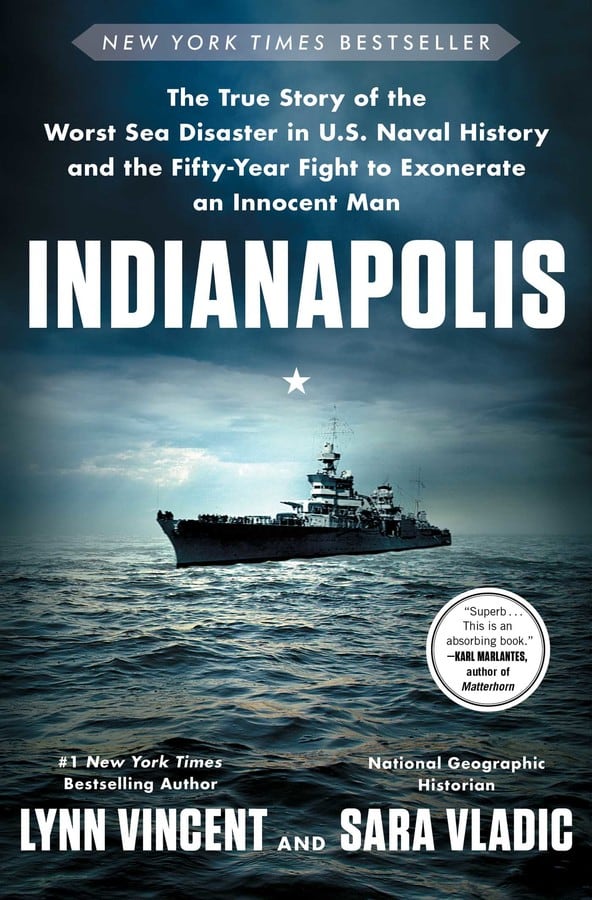
Indianapolis: The True Story of the Worst Sea Disaster in U.S. Naval History and the 50-Year Fight to Exonerate an Innocent Man by Lynn Vincent and Sara Vladic, Simon and Schuster, 544 pages, $28
This history of the sinking in World War II takes a wide berth at launch, describing the USS Indianapolis as a ship “born from soil as American as the men who sailed her.”
Overlook the grandiosity and instead dwell on the sad but infuriating story.
Men — boys as young as 17 — drift five nights while enduring attacks by sharks and each other.
Of the 1,196 souls aboard ship, “three of every four men” die.
There are details about top-secret cargo — uranium for the Enola Gay — and about cowardly admirals “blaming each other in secret” while the captain is court-martialed in public.
The Navy withholds news about the July attack by Japanese torpedoes until VJ Day, when “the joyous news of the Japanese surrender would render the Indianapolis disaster a comparative footnote.”
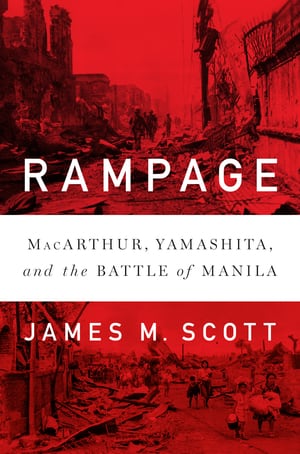
Rampage: MacArthur, Yamashita, and the Battle of Manila by James M. Scott, Norton, 640 pages, $33
This is not a dry recounting of two opposing generals’ military tactics during World War II.
Despite the vague title, the narrative is engrossing — although the subject matter is occasionally repellent.
What “Indianapolis” does for sailors, “Rampage” does for the people of Manila — until its devastation in 1945. Both books emphasize the Pacific war’s devastation to individuals. The Navy faces starvation, salt water and sharks (in the branch itself and in the sea), and the Manilans face the Japanese.
“The enemy went berserk in the face of defeat,” says a witness, but “berserk” seems benign when “the retreating Japanese had left a trail of massacres for the Americans to follow, like macabre breadcrumbs.”
Gen. Douglas MacArthur preens while Manila burns. Eager to make his “I shall return” remark come true, MacArthur declares victory early when “The Battle of Manila, in fact, had not even truly begun.”

Machete Squad by Brent Dulak, Kevin Knodell and David Axe with illustrations by Per Darwin Berg, Dead Reckoning, 160 pages, $19
The cover image looks like Freddy Kreuger’s cousin and conveys the wrong message.
Inside, Iraq and Afghanistan veteran Dulak sensitively relives his experiences as a sergeant in charge of a medical unit that ties off amputations — “machete medicine” — as a routine duty.
Relying on minimal text and a talented illustrator to fill in the cerebral blanks, this memoir in graphic form is a peek into the mind of the young soldier with doubts before he deploys to Afghanistan in 2012.
The austere settings are vast in scale yet feel intimate, as though you are seeing the world from Dulak’s eyes.
Berg’s drawings use color and depth to convey desolation that looks destructive and mountains that look mysterious.
The visual form is not your traditional book from Naval Institute Press but is a welcome one.
RELATED
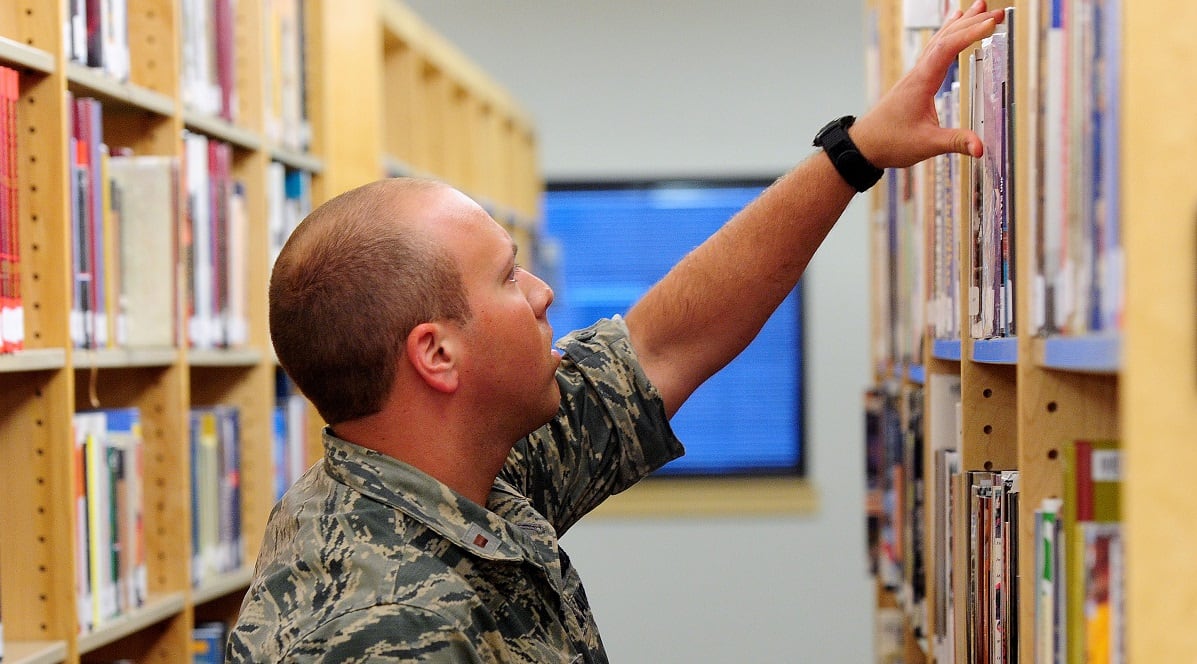
Bonus: These books are also worth your attention
Steve Coll’s Directorate S: The CIA and America’s Secret Wars in Afghanistan and Pakistan documents the miscommunications between the CIA, the FBI, the Pentagon, and the White House under two administrations.
Michael Beschloss’ Presidents of War profiles nine presidents, one of whom opts out of battle. Eight is enough, and they take “the American people into major wars roughly once in every generation.” All the “Presidents” words are worth heeding.
Masha Gessen’s The Future Is History: How Totalitarianism Reclaimed Russia, a National Book Award nonfiction winner, is a cautionary read for service members trying to make sense of what President Putin’s policies perpetrate.
Michiko Kakutani’s The Death of Truth: Notes on Falsehood in the Age of Trump eloquently demonstrates how a nation’s discourse reflects “the commander in chief’s erratic, impulsive decision-making style based not on knowledge but on instinct.”
Nico Walker’s Cherry indicates that the former Army medic is a writer with potential. In this uneven debut novel, a veteran’s days and nights are full of drugs and sex – and robbing banks. His story is one of 100 “notable” books of the year, says The New York Times.
Plus: The most memorable line of the year
In Marine veteran Matthew Betley’s third thriller, “Field of Valor,” a TV station’s helicopter hovers to cover breaking news – an attack on a highway outside Washington, D.C. On the ground a Secret Service agent discovers that the aircraft actually contains bad guys in journalists’ clothing.
“It’s a fake news helicopter,” he realizes.




